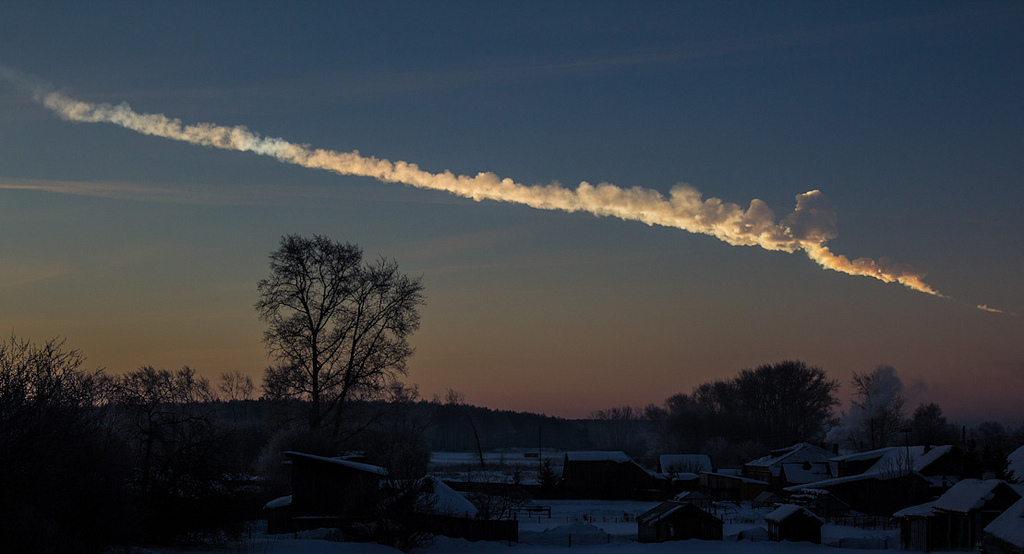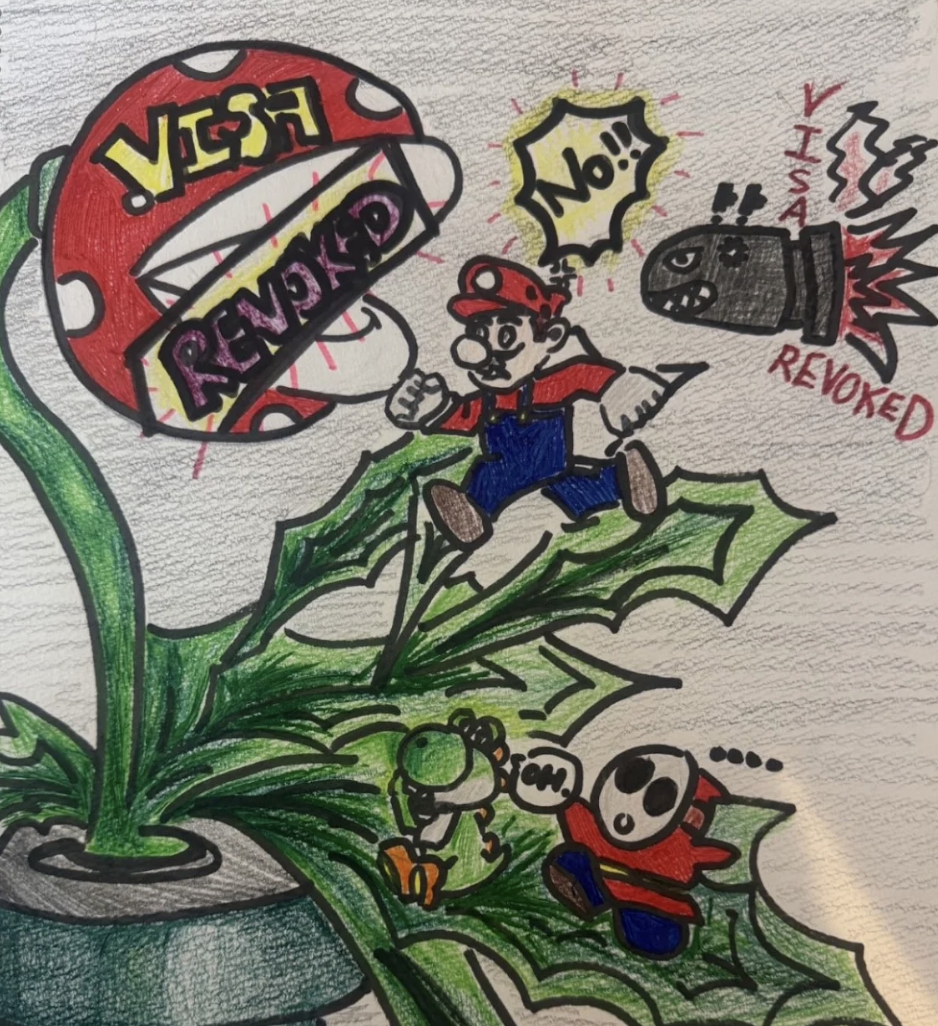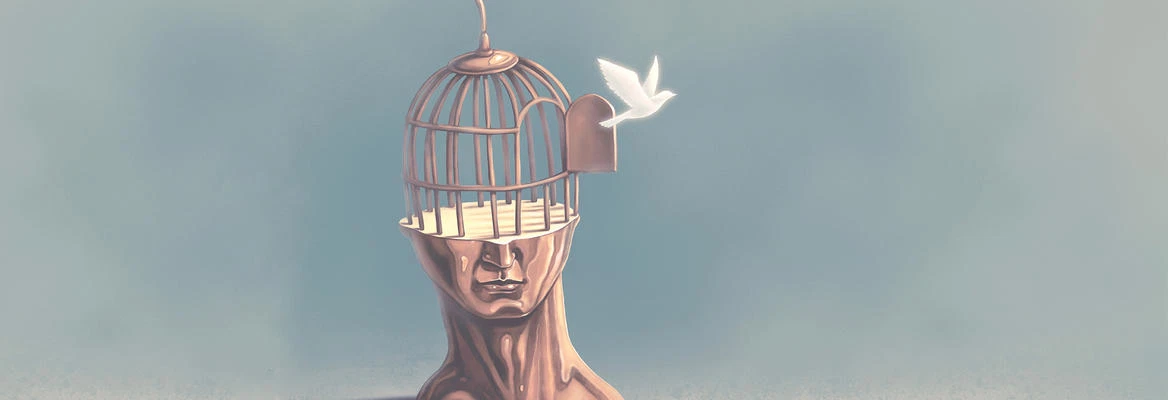Have you ever watched the movie Armageddon? When it hit theaters in 1998, viewers were drawn in by the dramatic storyline and unforgettable theme song by Aerosmith. In the film, a massive asteroid the size of Texas is hurtling toward Earth. A group of oil drillers is sent into space to plant a nuclear bomb inside the asteroid and save the world.
It sounds far-fetched, but the idea of a dangerous asteroid heading toward Earth is something scientists actually prepare for.
In December 2024, astronomers discovered an asteroid named 2024 YR4. For a short time, it was estimated to have a 3.1% risk of hitting Earth on December 22, 2032—a worrying probability for something that could cause city-level damage. News spread quickly. However, as researchers gathered more observations, both NASA and the European Space Agency updated the forecast: the asteroid now poses virtually no risk to Earth. There’s still a very slim risk—about 1%—that it could hit the Moon, which would make for an interesting event, but not a disaster.
Another asteroid you might have heard of is Apophis. It is about 340 meters wide and will pass very close to Earth, closer than many satellites, on April 13, 2029. When it was first discovered, scientists worried it could hit Earth. But more precise tracking has shown that it will safely pass by. No risky event is foreseen for at least the next 100 years.
As technology improves, scientists are detecting more near-Earth objects than ever before. That does not mean that more asteroids are suddenly appearing—it just means that we are finally seeing what has been out there all along.
To prepare for a real-life asteroid threat, international collaboration is essential. Groups like the International Asteroid Warning Network (IAWN) help share data across countries. At the same time, the United Nations Committee on the Peaceful Uses of Outer Space (COPUOS) focuses on creating a coordinated response plan.
Japan is also stepping up its role. In April 2024, JAXA (Japan Aerospace Exploration Agency) officially launched a planetary defense team. This team studies how to detect, monitor, and respond to potential asteroid threats. Private companies have joined the effort, too, helping to create detailed maps and take high-resolution images from space.
To learn more about Japan’s role in planetary defense, I spoke with my aunt, Nana Higashio, Associate Senior Administrator in the Management and Integration Department at the Institute of Space and Astronautical Science (ISAS), JAXA, and a member of the planetary defense team.
“Planetary defense activities require the collective wisdom of humanity and international cooperation,” Ms. Higashio said. “As a Japanese scientist, I constantly think about how we can contribute now and what kind of research and development we should pursue to make an even greater contribution in the future. It is essential always to be prepared for the moment that may one day come.”
Her team works with other space agencies worldwide, tracking near-Earth objects and helping Japan take a more active role in global response planning.
A big part of the work involves SSA (Space Situational Awareness)—watching not just asteroids, but also satellites and space junk. Because space is getting more crowded, these monitoring systems have become more advanced.
But what if a real threat was found? That is where things get complicated. Scientists and international leaders would have to decide where to redirect the asteroid—into the ocean, a desert, or elsewhere? What if multiple countries are affected? These are tough questions, and right now, no official global policy lays out what to do.
Looking ahead, plans include launching new space telescopes, like NASA’s NEO Surveyor, and expanding global tracking systems. Public awareness campaigns are also growing. For example, in Japan, even the superhero Ultraman is helping explain asteroid safety in a way that younger audiences can understand.
As Ms. Higashio explained, education and preparation are key. The goal is not to scare people but to ensure that if an asteroid ever poses a real risk, the world is ready to respond.







